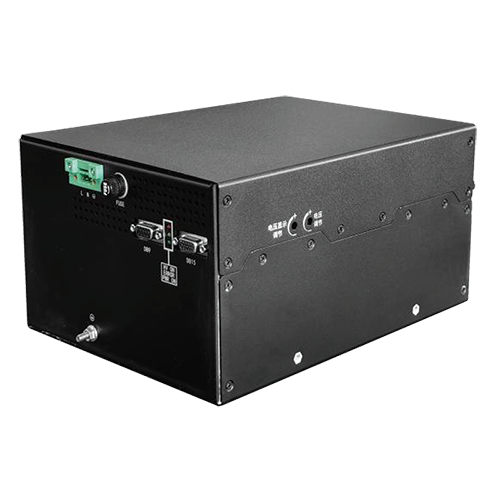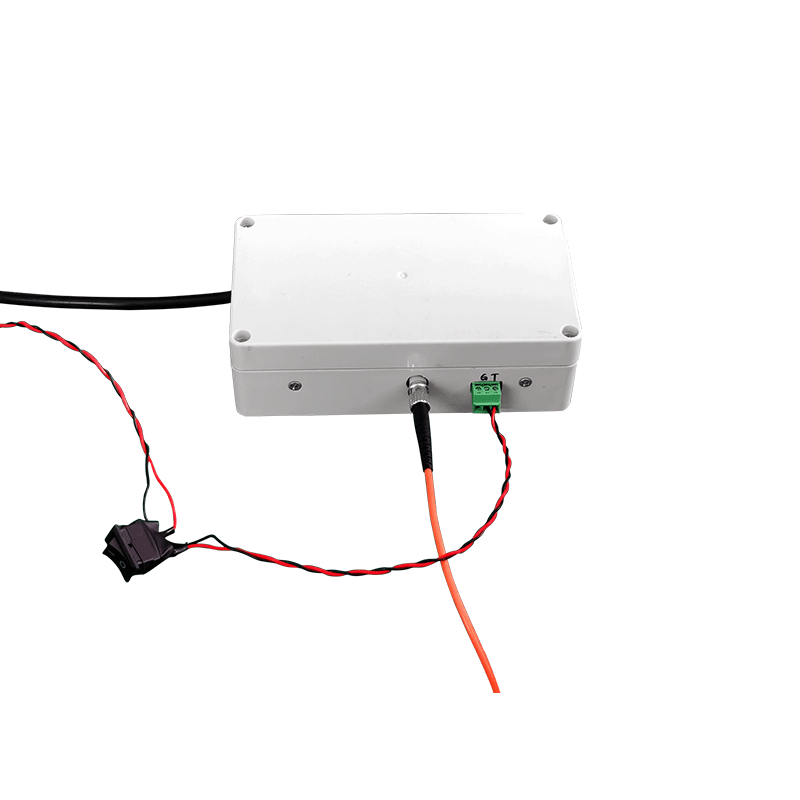Application of High Voltage Power Supply in Nanoknife Technology
As an innovative tumor ablation method, Nanoknife technology based on high-voltage pulsed electric fields has achieved breakthrough development in its core component the high-precision high voltage power supply system. These specialized power supplies can generate microsecond-level, kilovolt-range precise electrical pulses that selectively destroy tumor cells through irreversible electroporation while maximally preserving blood vessels and nerves, representing a revolutionary advancement in cancer therapy.
Technical Principles and System Composition
The Nanoknife high voltage power system primarily consists of three modules: a high-voltage pulse generator, intelligent control system, and real-time monitoring unit. The solid-state pulse generator adopts IGBT or MOSFET-based topology, capable of delivering 1500-3000V rectangular pulses within 1-100μs at adjustable frequencies of 1-100Hz. The FPGA-based control system achieves nanosecond-level timing precision, ensuring pulse rise times under 500ns critical for inducing nanoscale pores in cell membranes. The real-time impedance monitoring module dynamically adjusts output parameters through four-electrode measurements to guarantee ablation efficacy.
Breakthroughs in Key Performance Indicators
Modern Nanoknife power supplies have made significant advances in three critical metrics: output stability (±0.5% voltage fluctuation with digital closed-loop control), energy precision (<1% pulse energy error), and safety (multi-layer protection with <10μs fault response). These advancements enable safe delivery of over 90 pulses per treatment, substantially improving therapeutic completeness.
Clinical Advantages
Compared to traditional thermal ablation, Nanoknife technology offers unique benefits: selective electroporation preserves extracellular matrix (crucial for tumors near hepatic hilum/pancreas); immunity to heat sink effect ensures complete ablation near major vessels; and faster recovery (60% shorter hospitalization for pancreatic cancer patients). Current applications in prostate, liver and pancreatic cancers have demonstrated 15-20% improvement in 5-year survival rates.
Challenges and Future Directions
Key challenges include deep-tissue field distribution control, multi-electrode synchronization, and personalized treatment optimization. Future development focuses on three aspects: AI-powered real-time feedback systems for dynamic parameter optimization; multimodal platforms combining radiofrequency/microwave for enhanced efficacy; and miniaturized designs to promote widespread adoption. With continuous improvement in high-voltage pulse technology, Nanoknife is poised to become the fourth pillar of cancer therapy alongside surgery, radiotherapy and chemotherapy.




















